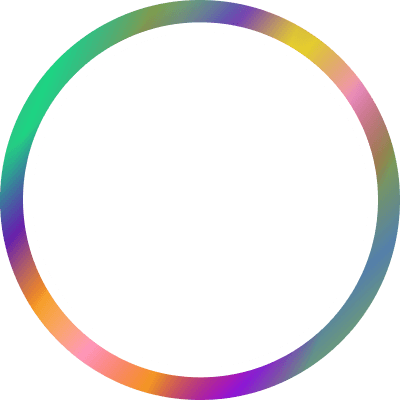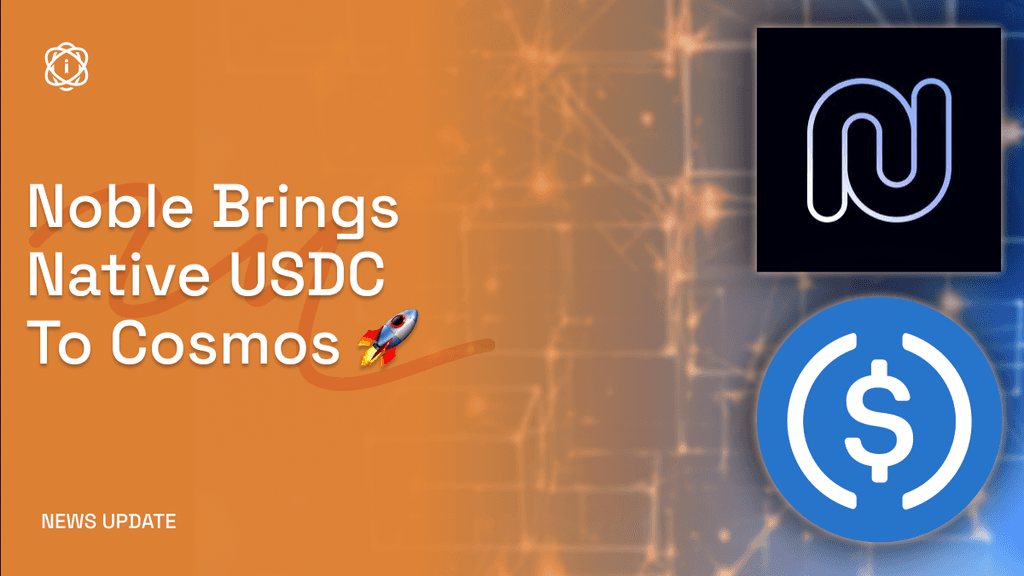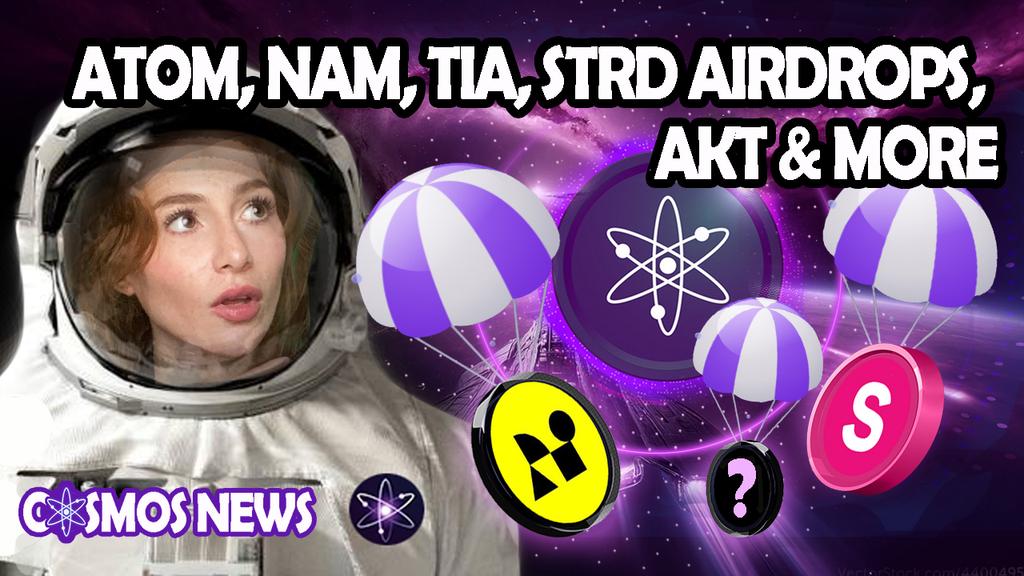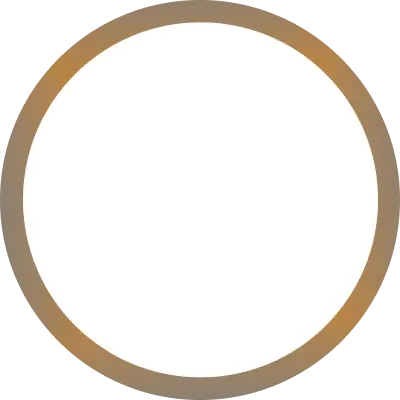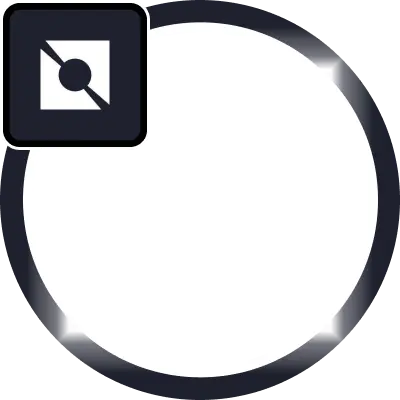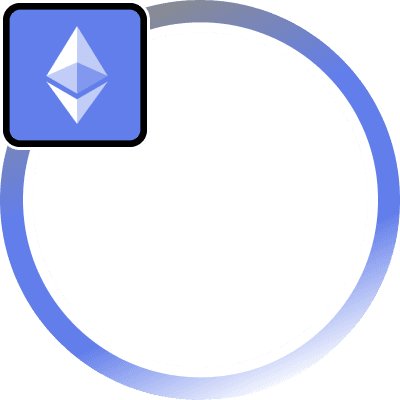Overview
USD Coin (USDC) is a stablecoin pegged 1:1 to the U.S. dollar, ensuring liquidity and stability through a mix of cash reserves and U.S. Treasuries. Its primary use is to facilitate fast and reliable transactions on blockchain networks. Since its inception, USDC has become a trusted option in both decentralized finance (DeFi) and traditional markets, earning regulatory approval in several regions.
Governance and Regulatory Compliance
Initially governed by the Centre Consortium, a partnership between Circle and Coinbase, USDC governance has transitioned fully to Circle in 2024. This shift reflects the increasing regulatory clarity for stablecoins in the U.S. and internationally. Circle now holds all smart contract keys and bears full operational responsibility, aiming for greater accountability. Additionally, Circle is aligning its strategy with evolving regulations, including the upcoming Markets in Crypto-Assets (MiCA) framework in the European Union and proposed U.S. legislation such as the Payment Stablecoin Act.
Market Adoption and Expansion
USDC has expanded its availability to 15 blockchains, adding new networks like Arbitrum and partnering with Sony’s blockchain lab to further integrate the stablecoin into Web3 ecosystems. The token’s market cap grew significantly in early 2024, reflecting increased demand, particularly in North American and European markets. The launch of Coinbase’s International Exchange has further boosted USDC adoption abroad.
Competition and Challenges
USDC is actively challenging Tether (USDT) for market dominance by emphasizing transparency and regulatory compliance. Recent reports indicate a strategic shift in the stablecoin market, with institutions favoring USDC over less-regulated alternatives. Circle’s partnerships, including those with payment platforms like Visa and Apple’s tap-to-pay system, demonstrate its ambition to cement USDC as a mainstream payment option.
Operational Changes and Future Direction
In early 2024, Circle discontinued minting USDC on the Tron blockchain, citing ongoing risk assessments. This move illustrates the company’s focus on maintaining a secure and compliant platform. Circle is also expanding into euro-denominated stablecoins with the launch of EURC, preparing for broader international adoption as regulatory frameworks evolve.

